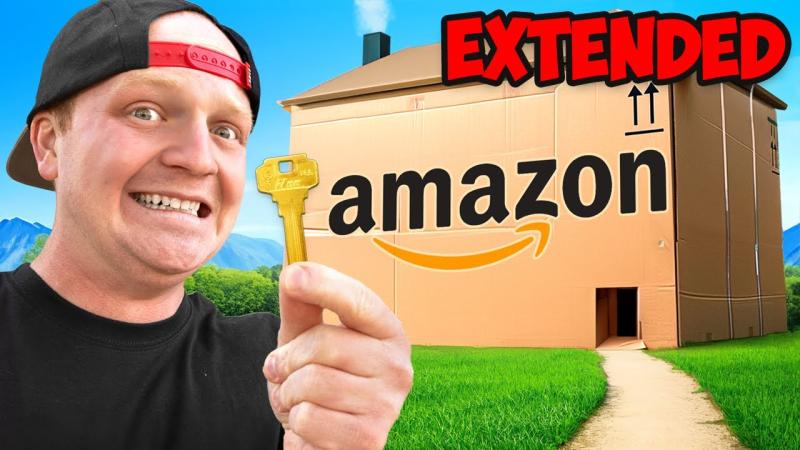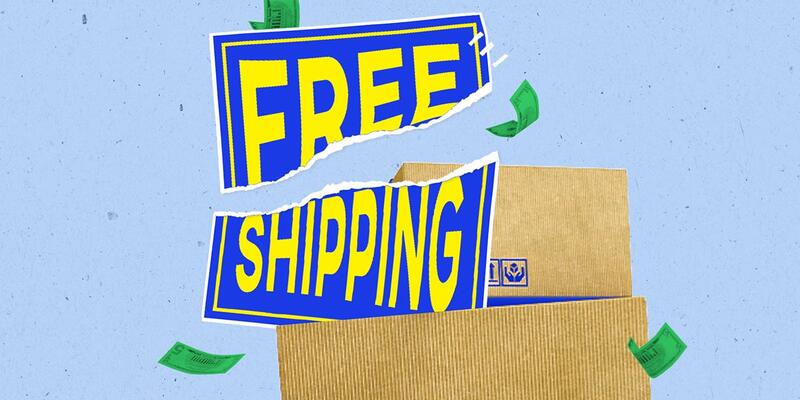Even Amazon is upping the ante on non-Prime order value to qualify for free. They charge more for same day in some cases which seems to corroborate that faster costs more.
Is this the beginning of the e-commerce industry tip-toeing away from free? Maybe, but curb your enthusiasm.
My guess is retailers will trim around the edges of what consumers “pay” for delivery. Why? In part because no one wants to go first, but someone will.
What about returns? That warrants a separate discussion of its own for another day.
The only way I can think of to significantly reduce shipping costs is to slow delivery down. I know this is heresy to some, but why not deliver one less day per week to force density? Of if you really want to get froggy, do two less days?
The majority of the variable cost of getting your spiffy new Taylor Swift sweatshirt (store.taylorswift.com) is after the parcel arrives at the destination delivery facility (a.k.a. the last mile). It is not pick-up cost, not line haul cost, and not sorting cost. Together, they are far less than delivery.
Forcing more volume into the same geography means less distance between stops, more “package marriages”, and savings opportunity for somebody in the value chain. I know of one parcel carrier that does not deliver on Mondays.
ShipMatrix research proves the vast majority of e-commerce packages are not opened day of delivery. It therefore stands to reason most items ordered online do not need to be delivered next day, or even second day.
If you buy that slower saves money (and OBTW is greener) maybe the savings could be shared. One example is Carol Tome’s “1/3rd to shipper, 1/3rd to UPS, 1/3rd to shareholder”. (That sounds like 2/3rds to UPS’ benefit, but whatever.) At least someone at a high level in the industry is thinking outside the box.
I believe most consumers would prefer free, slower, time-definite delivery, but time-definite are the key words in the sentence. If I order on Monday and you tell me it will be delivered Thursday, you damn well better not deliver it on Friday – or Wednesday.
As many companies are returning to work, why not incentivize delivery to offices where delivery density and packages per stop are higher?
Time-definite and Just-In-Time have been part of B2B forever. Think machine parts vs. Adidas sneakers. Maybe its time for a B2C version of JIT?
None of this is a silver bullet and for sure not easy, but why not test more? As they say south of the Mason-Dixon line, “Don’t worry about the mule going blind, load the damn wagon”. Translation: as Nike would say, “Just do it.”
Let me know what you think – especially if you disagree.



